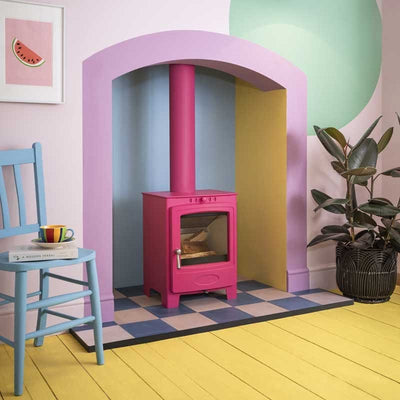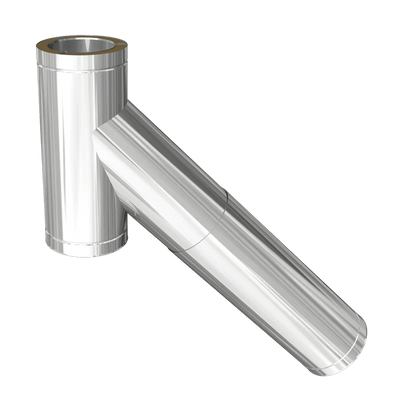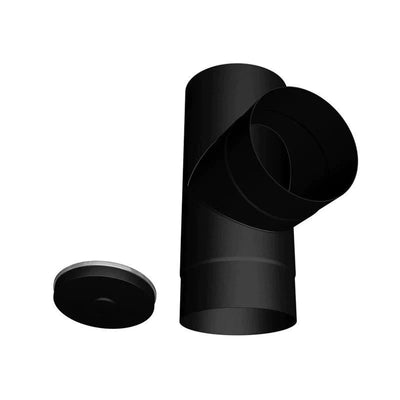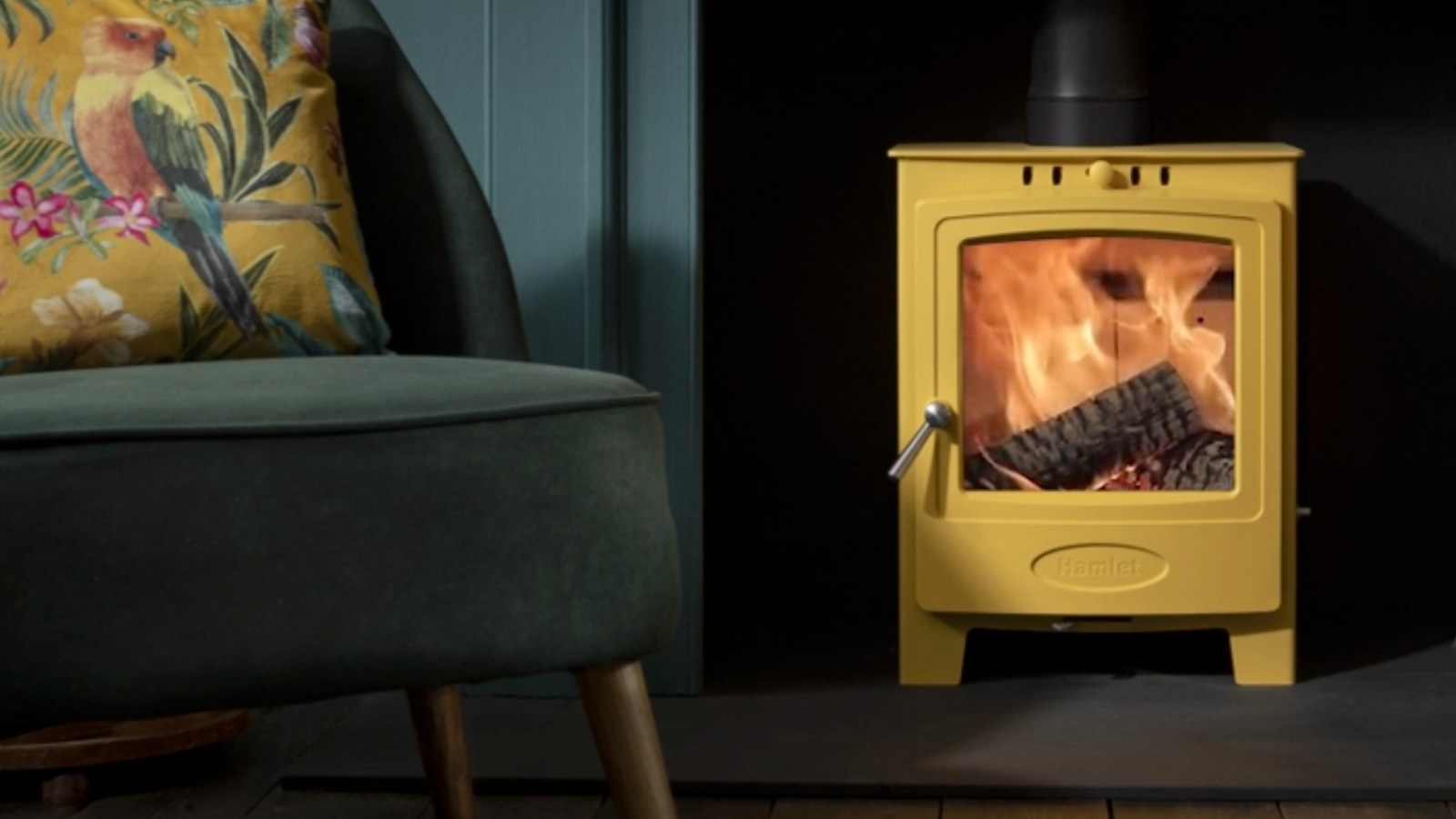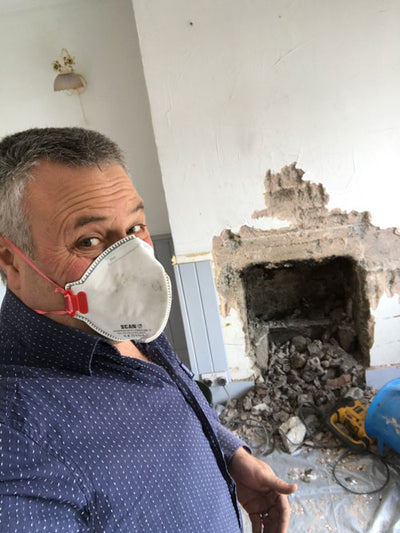
1/1
Chimney Design (NOW FREE)
We have been designing twin-wall chimney systems since 2007 (in winter we will often do 5-10 designs a week). We use our own twin-wall design software which is accurate to within millimetres. We strive to make the procedure as simple & stress-free as possible.
Including VAT
Free chimney design and materials list to your door within five working days.
- Building regulations compliant
- Detailed quotation
- No obligation to buy
We have been designing twin-wall chimney systems since 2007 (in winter we will often do 10-20 designs a week) and have one person who specialises in this one task. We use our own twin-wall design software (we created it from scratch) which is accurate to within millimetres. We strive to make the procedure as simple & stress-free as possible.
Our software is able to design for flat or sloped roofs, internal or external chimneys and gable ends.
Eager to get your hands on a design? Scroll down to The Design Process below.




